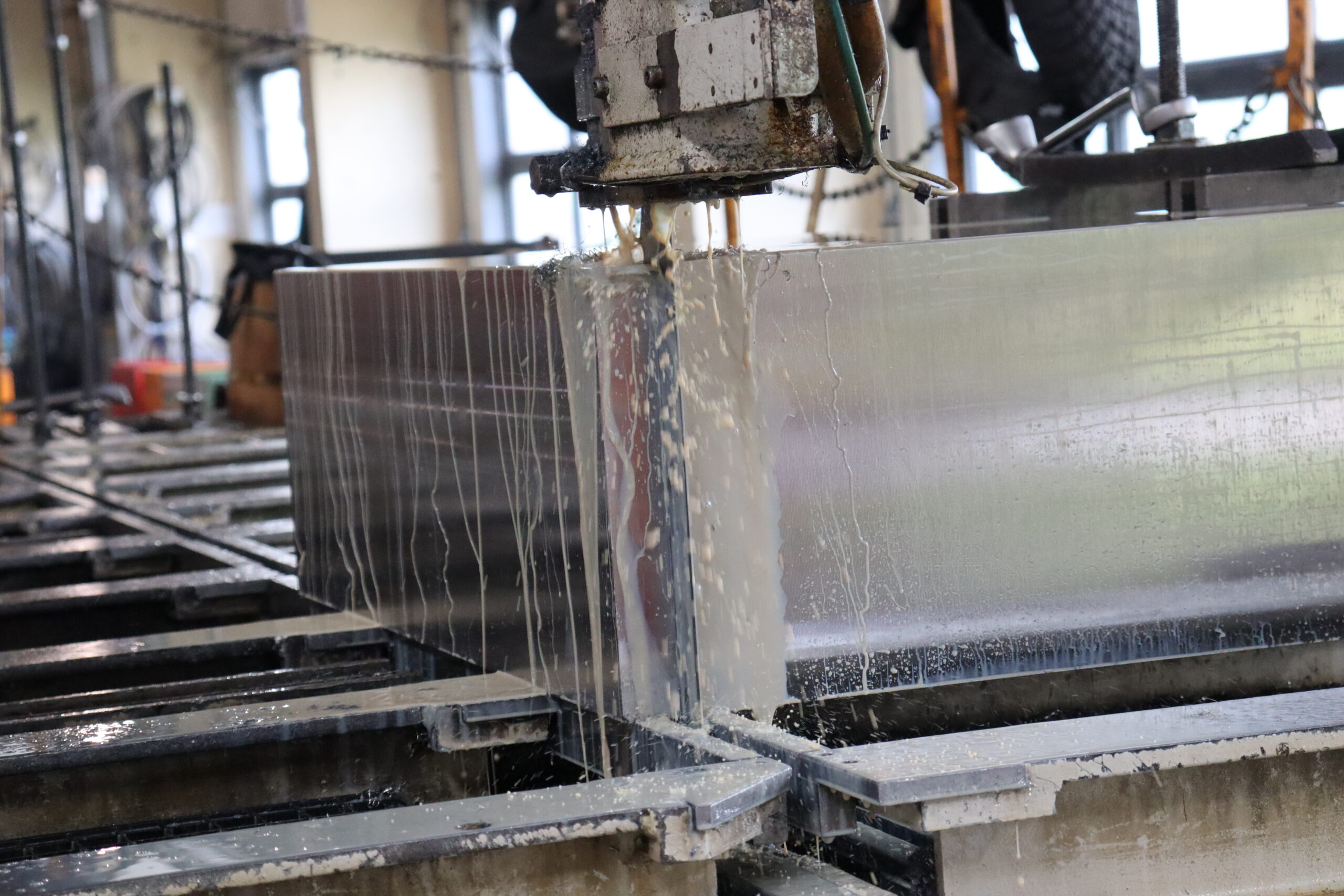AISI 431 SS
ANY SIZE – ANY TIME
Your specialist for AISI 431 sawn steel from forged billets. We provide metal cutting services.


Why Choose Our Stainless Steel Rectangle Bar AISI 431? SS 431 is a martensitic chromium steel that is rust and acid resistant and contains nickel addition. This addition results in improved toughness. The formation of chromium carbides and the associated chromium-depleted areas make this grade susceptible to intergranular corrosion.
International appellations of 431 stainless steel:
AISI431, BS431S29, GOST20Ch17N2, SUS431, UNE F.3427, SS2321, UNS S43100, SAE431, AFNOR Z15CN16-02
Applications of 431 ss material:
AISI 431 is classified according to 1.4057 .
Due to its high strength, the main area of application for this stainless steel is mechanical engineering, as stainless thrust washers, turbine blades, spindles, pump parts, piston rods or in the petroleum and petrochemical industries. Other applications of martensitic steel AISI 431 SS are in power plant construction, the automotive industry and aviation.
| QT800 | QT900 | |
| Tensile strength Rm | 800 – 950 N/mm2 | 900 – 1050 N/mm2 |
| Brinell hardness | 251 – 299 HB | 284 – 331 HB |
Properties of AISI 431 stainless steel:
| Weldability: | good |
| Machinability: | 5 (1 = poor – 10 = good) |
| Polishing: | yes |
| Corrosion class: | 2 (0 = weak – 5 = good) |
Welding: Under certain precautions, AISI 431 steel is weldable after preheating to 100°C – 300°C. Cooling to below 200°C during welding must be avoided. Nitrogenous or hydrogenous or gas must not be used. Chemical or mechanical removal of the tempering colors is necessary.
Forging: AISI 431 must be heated slowly to 850°C for forging. This is followed by rapid heating to 1150°C – 1180°C. Forging takes place in a temperature range between 1180°C and 950°C. This is followed by slow cooling.
Cold Forming: SS 431 can be formed, stamped and cold upset to a certain point.
Corrosion restistance: AISI 431 is susceptible to intergranular corrosion due to the formation of chromium carbides and thus has low corrosion resistance.
Special features:
- suitable for high-gloss polishing
- can be use in a temperature range between -40°C and 400°
Heat treatment:
| Temperature in °C | Cooling | |
| Hot forming | 1.100 – 800 | Furnace, slow cooling |
| Heat treatment | ||
| Soft annealing (+ A) | 680 – 800 | Furnace, air |
| Hardening | 950 – 1.050 | Oil, air or polymer |
| Annealing QT800 | 750 – 800 & 650 – 700 | Water or air |
| Annealing QT900 | 600 – 650 | Water or air |
Physical Properties:
| Density in kg/dm3 | 7,0 |
| Electr. Resistance at 20°C (Ω mm2 /m) | 0,7 |
| Thermal conductivity at 20°C in W/(m K) | 25 |
| Specific heat capacity at 20°C in J/(kg K) | 460 |
| Magnetisability | present |
Chemical analysis of 431 stainless steel:
| 1.4057 SS 431 |
C | Si | Mn | P | S | Cr | Mo | Ni | V |
| min. | 0,12 | 15,0 | 1,50 | ||||||
| max. | 0,22 | 1,0 | 1,50 | 0,04 | 0,015 | 17,0 | 2,50 |
SS 431:
flat, forged, quenched and tempered

Produced to highest standards

Quick delivery
From stock in Europe

Popular steel:
Our expert knowledge about 431 stainless steel
Is AISI 431 a stainless steel?
AISI 431 is indeed classified as a stainless steel. It belongs to the martensitic stainless steel group, characterized by high strength, moderate corrosion resistance, and good toughness.
Is SS 431 magnetic?
Yes, SS 431 is magnetic. Martensitic stainless steels like AISI 431 are generally magnetic due to their microstructure, which consists primarily of ferrite and/or martensite phases.
Is 431 SS weldable?
431 SS can be welded, but it requires careful attention to welding procedures. Due to its high carbon content and alloying elements, AISI 431 is prone to cracking during welding if proper precautions are not taken. Preheating before welding and post-weld heat treatment are often necessary to minimize the risk of cracking and ensure satisfactory weld quality.
What does QT 800 mean?
QT 800 refers to a specific heat treatment process applied to steel. In this context, “QT” stands for quenching and tempering. The “800” indicates the approximate hardness achieved on the Brinell scale after the heat treatment process. During quenching, the steel is rapidly cooled from high temperatures to room temperature to achieve a hardened microstructure. Subsequently, tempering is performed to reduce brittleness and improve toughness while maintaining a desired level of hardness. The resulting material typically exhibits enhanced strength and toughness properties, suitable for various industrial applications.

